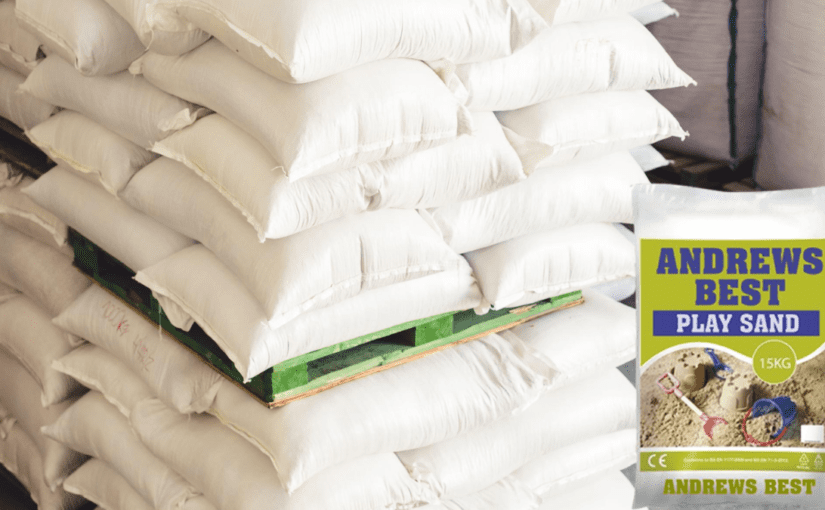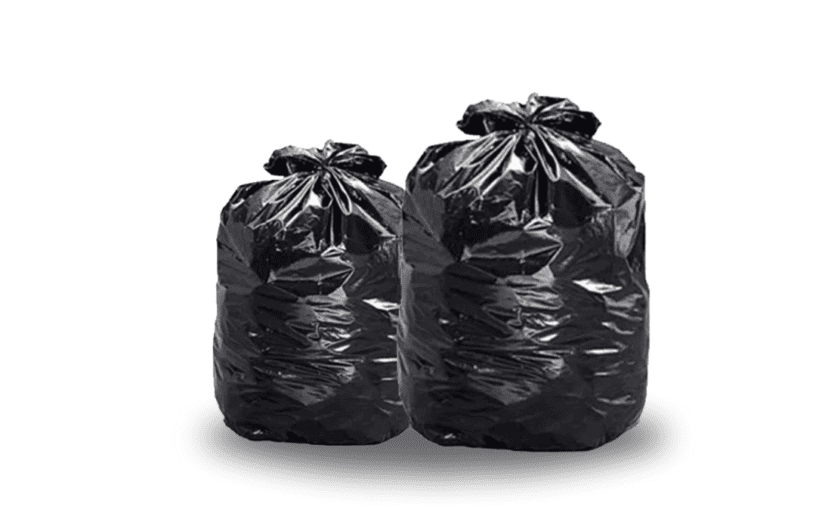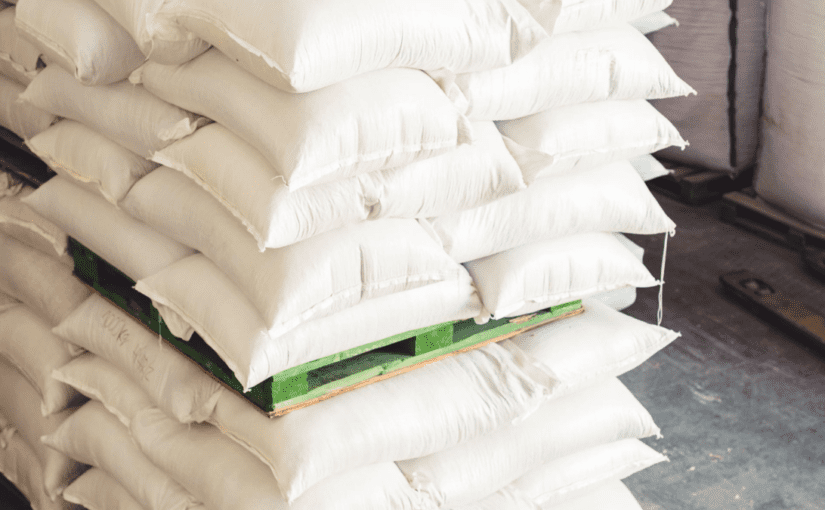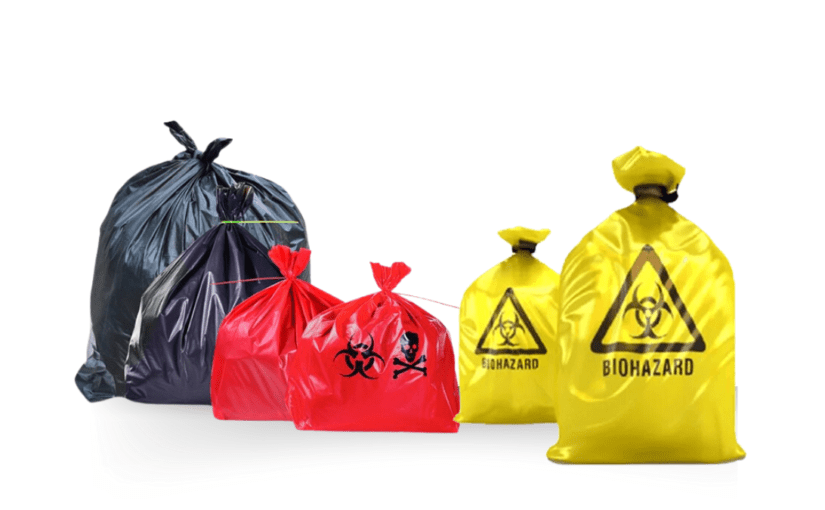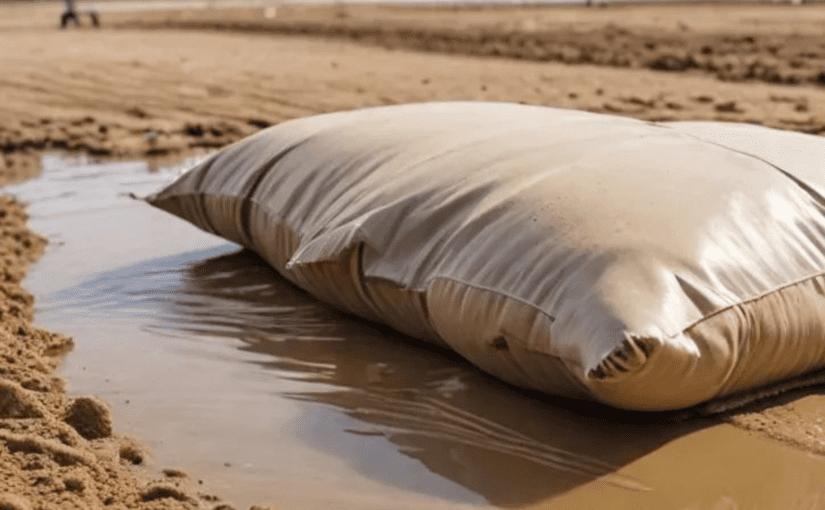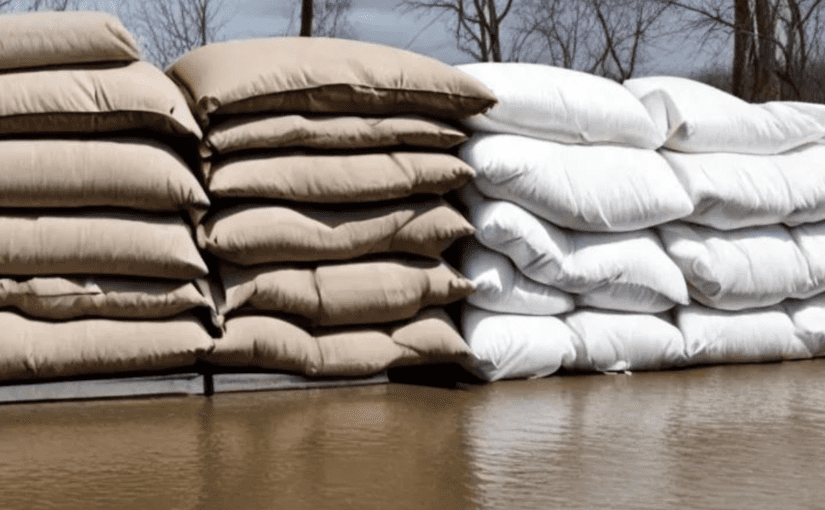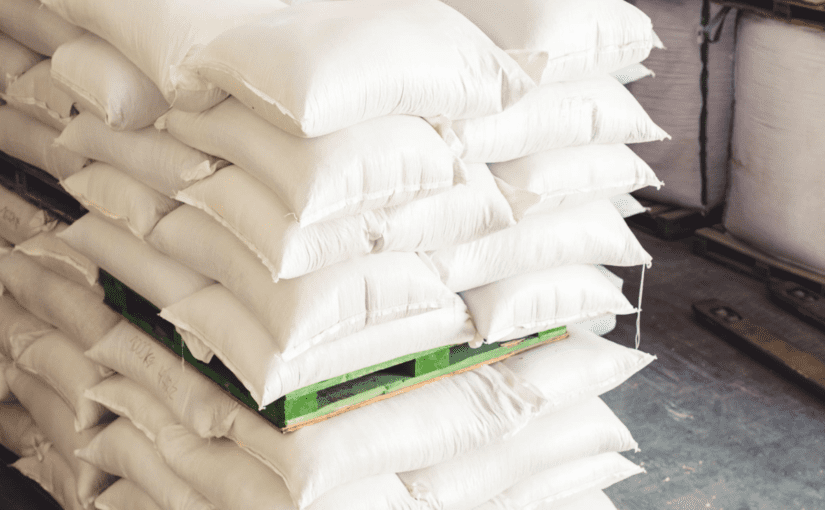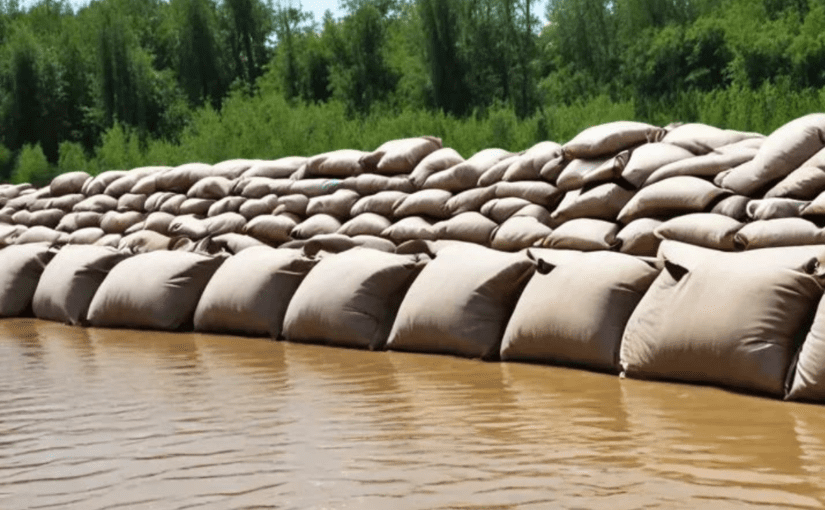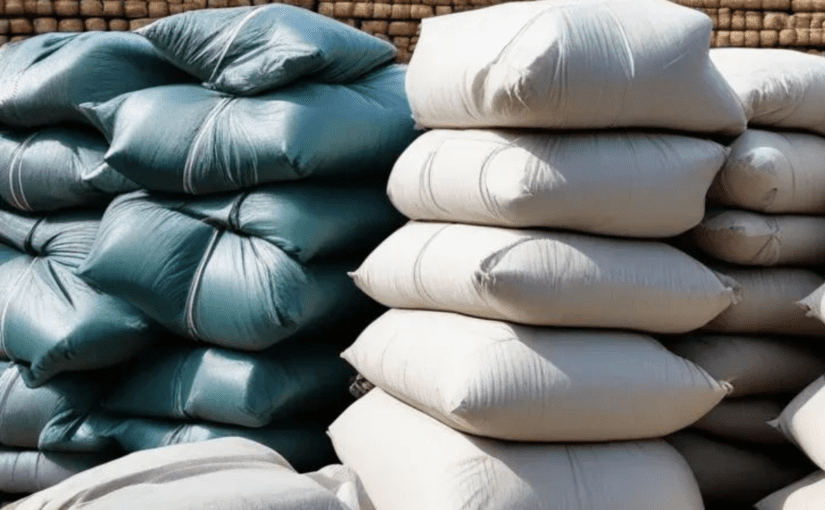Whether you’re preparing for a flood, working on a construction project, or need to prevent soil erosion, sandbags are a versatile and essential tool.
One cubic yard sandbags, in particular, offer a substantial capacity that makes them ideal for a variety of heavy-duty applications. To buy 1 cubic yard of sandbags, you need to consider several factors, right from their uses to choose the right type for your project.
What Are 1 Cubic Yard Sandbags?
A cubic yard is a unit of volume measurement equal to a cube with each side measuring one yard (3 feet) in length. A 1 cubic yard sandbag is, therefore, a bag that can hold a volume of sand or other materials equivalent to this measurement. These sandbags are significantly larger than the typical smaller sandbags and are used in situations where a large volume of material is needed.
Common Uses for 1 Cubic Yard Sandbags
Flood Control
One of the primary uses of large sandbags is for flood control. When rivers rise or heavy rains threaten to flood areas, 1 cubic yard of sandbags can be used to build substantial barriers that hold back water, protecting homes, businesses, and infrastructure.
Erosion Prevention
Erosion can be a significant problem in areas with loose soil, especially on slopes or near bodies of water.
Construction Projects
In construction, sandbags are often used to create temporary structures, stabilize foundations, or support scaffolding. Their weight and stability make them a reliable choice for these purposes.
Landscaping
Landscapers use large sandbags for various tasks, such as creating retaining walls, leveling uneven ground, and preventing soil erosion in gardens and parks.
Factors to Consider When Buying 1 Cubic Yard Sandbags
Material
Sandbags are made from various materials. However, each material comes with its pros and cons. Some of the commonly used materials for sandbags are…
Polypropylene:
Durable, lightweight, and resistant to UV rays and water, making them ideal for long-term outdoor use.
Polyethylene:
Strong and flexible, often used for heavy-duty applications.
Burlap:
Biodegradable and eco-friendly, but not as durable as synthetic materials.
Strength and Durability
The strength and durability of the sandbag material are crucial, especially if you need them to withstand harsh conditions. Look for bags with high tensile strength and resistance to tearing. For flood control and erosion prevention, UV-resistant bags are essential to prevent degradation from sunlight.
Size and Capacity
While 1 cubic yard is a standard measurement, the actual size of the bag can vary. Ensure that the dimensions of the sandbag fit your needs. Some bags may be taller and narrower, while others might be shorter and wider. The shape can affect how the bags are stacked and used.
Fill Type
Consider what material you’ll be filling the bags with. Sand is the most common fill, but gravel, soil, or other materials can also be used. Ensure the bags you choose are suitable for the fill material you intend to use.
Ease of Use
Filling and moving large sandbags can be challenging. Look for features that make the process easier, such as:
Filling spouts or openings:
Wide openings make it easier to fill the bags quickly.
Handles or lifting loops:
These make it easier to transport and position the bags.
Closure mechanisms:
Ensure the bags have reliable closure systems, such as ties or zippers, to keep the contents secure.
Price
Let’s admit it. Price always comes into play when you need to order in bulk. Sure. You don’t want to compromise on quality. And the cheapest one is not always a good option. In such a scenario, you need to find a balance between affordability and durability. Ask for quotes from different suppliers to find the right product.
Tips for Using 1 Cubic Yard Sandbags
Proper Filling
When filling sandbags, make sure to leave some space at the top so they can be tied or sealed securely. Overfilling can cause bags to burst or be difficult to handle. The recommended amount is about two-thirds of the capacity of sandbags.
Stacking Techniques
When building barriers, stack sandbags in a staggered pattern, much like bricks in a wall. This creates a more stable structure that is less likely to collapse. For flood barriers, ensure the bottom layer is placed tightly against the ground to prevent water from seeping through.
Maintenance and Inspection
Regularly inspect your sandbags for signs of wear and tear, especially if they are exposed to the elements. Replace any bags that are damaged or showing signs of degradation to maintain the integrity of your barrier or structure.
Safe Handling
Large sandbags can be heavy and difficult to move. Use proper lifting techniques to avoid injury, and consider using equipment like forklifts or pallet jacks for larger projects. If possible, work with a team to distribute the workload.
Environmental Considerations
While sandbags are incredibly useful, it’s important to consider their environmental impact. Synthetic materials like polypropylene and polyethylene do not biodegrade easily, so proper disposal or recycling is essential. Burlap bags, while biodegradable, still require responsible disposal to minimize environmental impact.
Sustainable Alternatives
If environmental sustainability is a priority, look for sandbags made from recycled materials or biodegradable options. Some companies offer eco-friendly sandbags that provide the same durability and strength while reducing environmental harm.
Conclusion
Buying 1 cubic yard of sandbags doesn’t have to be a daunting task. By understanding their uses, considering the right factors, and knowing where to buy them, you can ensure that you select the best sandbags for your needs. Whether you’re preparing for a flood, tackling a construction project, or preventing soil erosion, 1 cubic yard sandbags offer the durability and capacity required for heavy-duty applications.
Remember to prioritize quality and durability, consider the environmental impact, and follow best practices for filling, stacking, and maintaining your sandbags.


